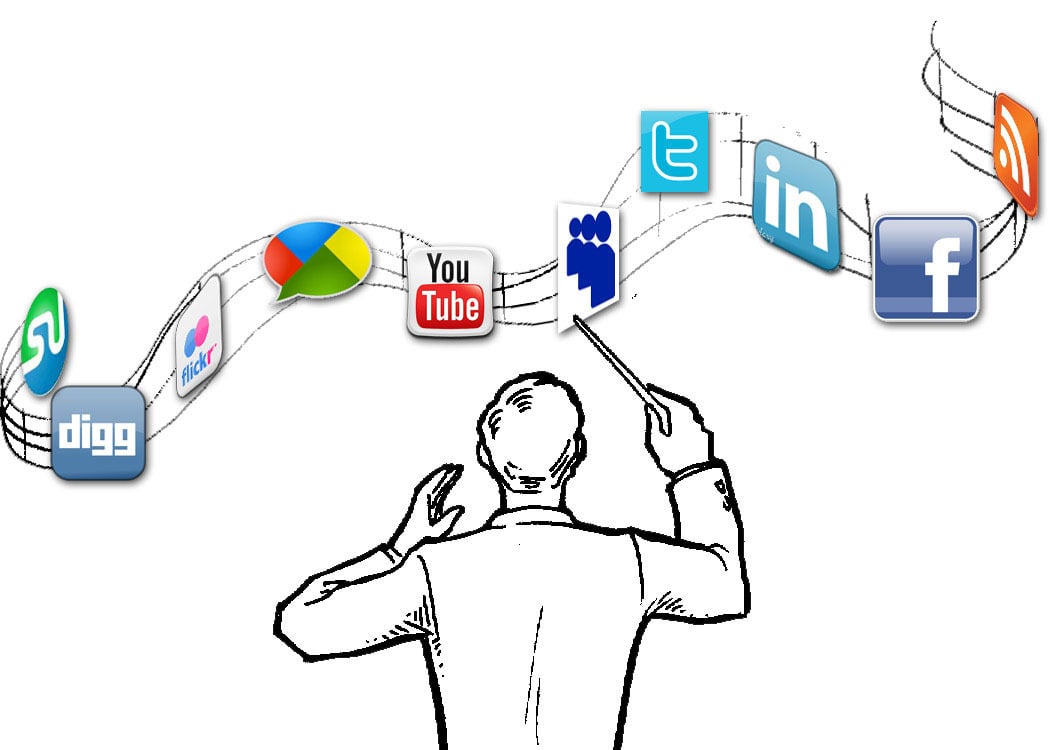 Can you guess what demographic most heavily shares social media? Nope, not the Justin Bieber lovin' teens, but women between the ages of 35 - 54. So if your nonprofit is trying to reach this group of people, social media is the way to do it.
Can you guess what demographic most heavily shares social media? Nope, not the Justin Bieber lovin' teens, but women between the ages of 35 - 54. So if your nonprofit is trying to reach this group of people, social media is the way to do it.
As I mentioned in my last blog post, I went to the Salsa Community Conference last week, and one of the sessions I attended was Small Organizations and Social Media: When is it Worth the Time and Effort? with Maureen Wallbeoff of FireFly Partners, Courtney Sieloff of Revolution Messaging, and Yvette Hess of Bikes for the World.
Here are some takeaways:
As a small nonprofit, you should be using social media as a communication, engagement, and tracking tool. You shouldn't isolate social media though, you should use it in support of everything else you're doing online. What does that "everything else" look like for your team? Is it matching campaigns? Petitions? Letters to congress? Match these initiatives up with your social media plan. Nonprofits tend to either ignore social media, or treat it like it has to be a rapid response tool, but it can, and should, be used as a method for long term engagement. This is something to be thinking about when planning your social media actions.
Is your org on Pinterest? It's a great tool (that is gaining popularity daily) for fundraising, including that end of year giving campaign that's coming up! For example if you have an e-commerce platform (like the Defenders of Wildlife) where you sell shirts, mugs, posters, etc. during the holidays, you can Pin the photos to your Pinterest board, and link it to your store, nudging people to purchase; or in the case of the American Red Cross, they ask people to donate to military members during the holidays, so they can have images that link to their giving page; it's all about accessibility.
A few things for you to keep in mind, and ask yourself:
- Have you considered using promoted ads or accounts on Facebook or Twitter?
- Is your demographic one that heavily utilizes text messages to communicate? If so, is texting the best way to reach your audience? To determine this, you can conduct a poll - or ask yourself, What is your audience's career? Field, desk job? Teachers? What tool will work out best for your audience?
- How do you keep people engaged? Is social media the best way for your nonprofit to do so?
- Why do folks Like you and want to support you in the first place? Why do they want to be involved in your organization?

This lends to the question that was poised during the session: At what point is it a good time to hire a FT social media person?
Well, what do you envision when asking this question? Tweeting? Facebook stuff? Pinterest? Tumblr? If an organization is serious about using social media as a channel then, according to the panelists, 20 hours is ideal. But personally, working with nonprofits, I think you need to be investing in FT staff. It's a lot of work, up to 40 hours a week, and includes monitoring, reporting, and engaging. Fundamentally, you need the content and the awareness so that your hire will have content to work with. They need to be informed, and they need to be able to be creative. Often these social media position hires are siloed, but this new hire should be able to cross departments.
Do you already have a social media person hired? If so, what platforms do they work on? How many hours a week are they working? With social media, you are really letting people have the conversation that you are fostering. If you can stay out of the fray, and potentially identify some key players in your social media realm, then you are set. Leverage those who have a passion for your work, and really put yourself out there.


COMMENTS